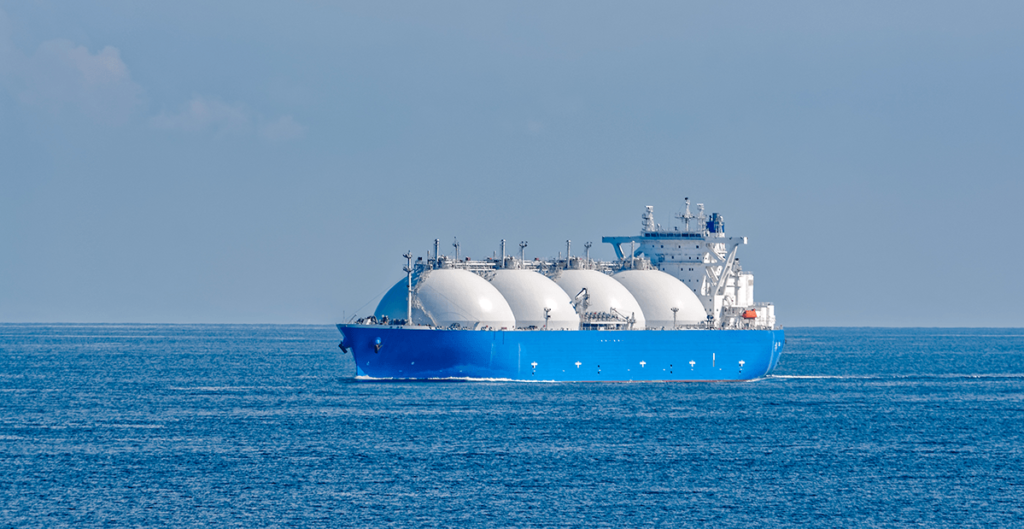The Paris Agreement sets out a global framework that aims to limit global warming to below 1.5°C by 2050. While great progress has been made on generation of electricity, to meet its targets there is a need to replace:
- Oil as transport fuel
- Industrial and domestic heat
- Chemical feedstock
- Alternative solution for energy exports
What is hydrogen storage?
Hydrogen is an energy carrier that plays a key role in the decarbonization of multiple industries. Hydrogen storage is an essential component enabling the achievement of this ambition.
Green hydrogen is made from renewable electricity using electrolysis to split water (H2O) into its component elements. The hydrogen (H2O) is captured and stores energy for later use and the oxygen (O) is released to atmosphere.
Renewable electricity is produced intermittently when solar and wind resources are available and abundant, therefore, green hydrogen production is also intermittent. However, every application for hydrogen requires a reliable and on-demand supply.
The Ardent Underground hydrogen storage decouples intermittent production from demand providing safe, large-scale and reliable green hydrogen availability as needed.
When hydrogen (H2) is consumed to release its stored energy, it is combined with oxygen (O) and the electrolysis process is reversed resulting in water vapor (H2O) which is released harmlessly to the atmosphere.

TRANSPORT
Toyota and Hyundai have hydrogen powered Fuel Cell passenger vehicles on the market. Many companies are building hydrogen fuel cell powered buses and trucks. Alstom has a hydrogen powered train in operation in Germany. The international maritime industry is investigating ammonia made from renewable hydrogen as a future shipping fuel. Hydrogen can be used to synthesise future aviation fuels.
Replacing all of Australia’s transport fuel with hydrogen would need around 16 million tonnes/year of hydrogen. Covering 1 week of use would require storage of 307,000t of hydrogen.
STORING ELECTRIC POWER
If renewable hydrogen is stored, it can be used in fuel cells or modified gas turbine power plants to produce renewable electricity whenever needed.
Providing 30% of Australia’s electricity for 1 week (1.5TWh) would require storage of around 75,000t of hydrogen.


GREEN AMMONIA
Ammonia has the second largest global annual production of any chemical commodity. It is used largely for fertiliser and also explosives. Australia currently has 7 large plants producing over 3.3mt of ammonia annually. All the major producers are actively investigating a green ammonia path. 580,000t /year of hydrogen is needed. A buffer of 2 days would require storage of 3,000t.
EXPORT
Australia is a major energy exporter, currently in the form of coal and liquified natural gas. Key trading partners, like Japan and South Korea, depend on energy imports for the vast majority of their energy needs. These countries see their energy future as pivoting to the import of hydrogen.
Hydrogen needs to be shipped as ammonia, or cryogenic liquid or other liquid chemical form. Large storage will be needed to couple variable hydrogen production with 24hr/day production of the export liquid.
ACIL Allen’s study for ARENA estimates Australia’s potential exports by 2040 to be between 621,000 and 3,180,000 tonne per year and growing. A buffer of 2 days would require storage of between 3,400t and 17,400t of hydrogen.

“Australia has the resources, and the experience, to take advantage of increasing global momentum for clean hydrogen and make it our next energy export. There is potential for thousands of new jobs, many in regional areas – and billions of dollars in economic growth between now and 2050. We can integrate more low-cost renewable generation, reduce dependence on imported fuels, and help reduce carbon emissions in Australia and around the world… The future for hydrogen is bright and it is ours to seize.”
Dr Alan Finkel AO
Australia’s Chief Scientist and Chair of COAG Energy Hydrogen Working Group
